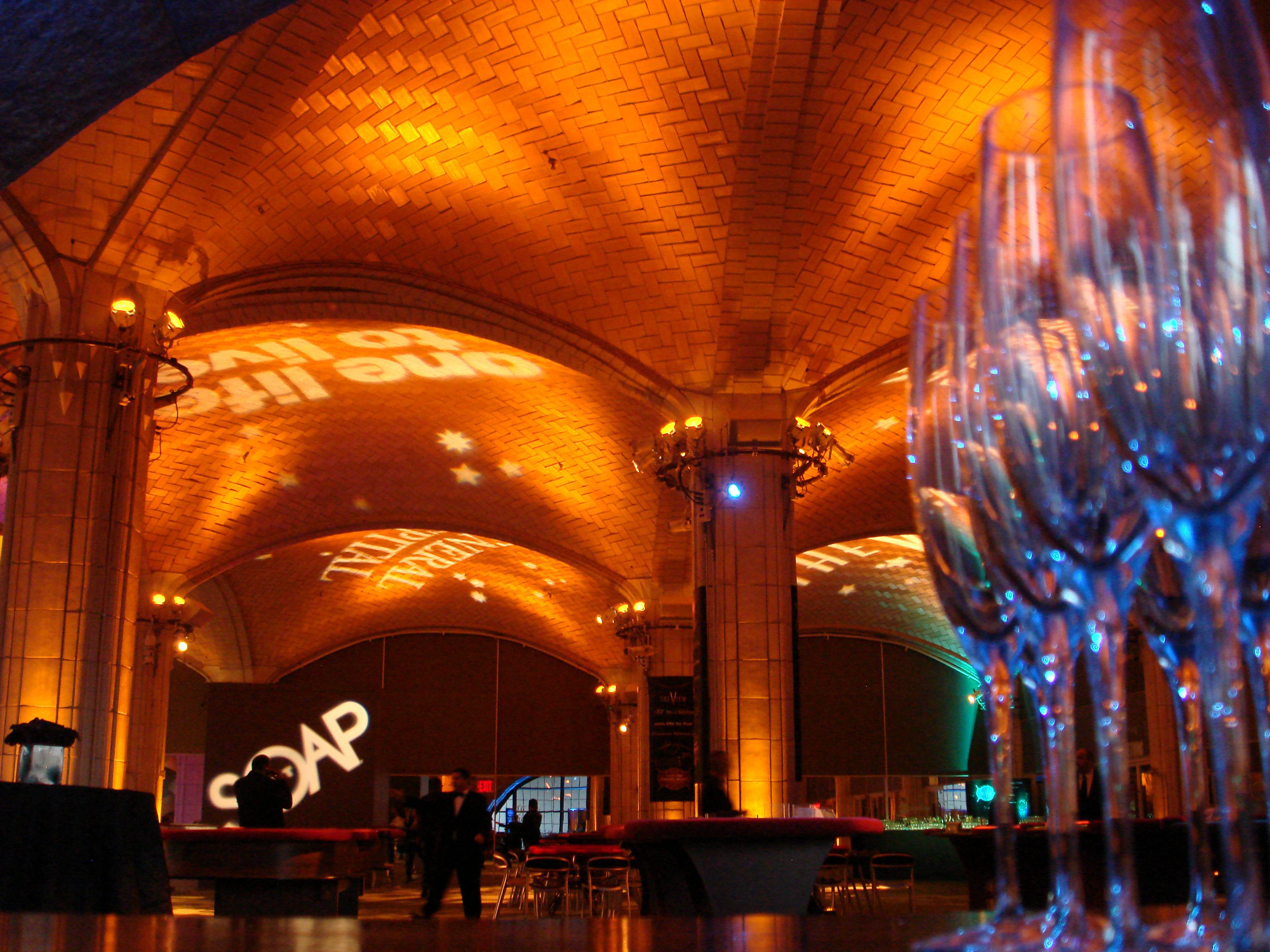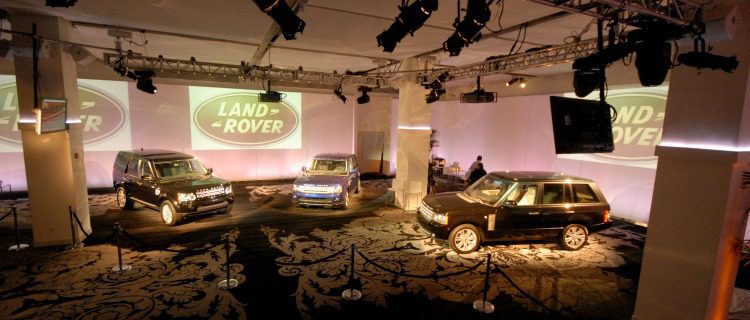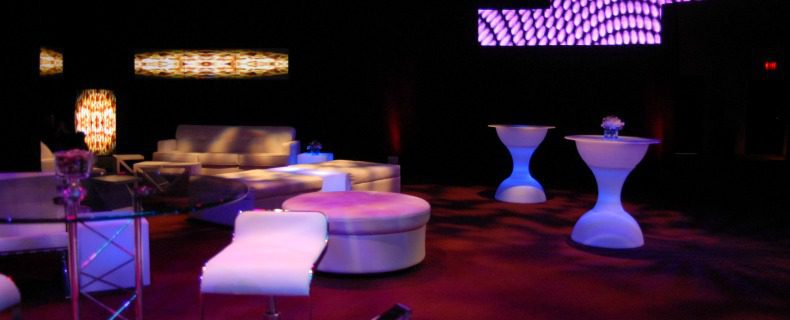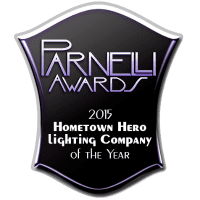Planning a special event is a coordinated effort that requires a team of professionals and a thorough plan. This is especially true from a technical production perspective. Today, event lighting, sound, staging and video have taken on an even greater significance when it comes to special events.
In order to create a killer environment and aesthetically enticing design, you need to understand the technical capabilities behind sound, event lighting, staging and video. Whether it’s a wedding, concert, corporate meeting or conference, chances are that there will be some form of photography, web broadcast, video recording or DVD production that will be a major component of your event.
As more people, groups, companies and charities bring their lives online through social media, that simple elegant wedding you’re planning for 200 guests, or that business conference roundtable on sales techniques in the digital age could end up online. This adds a new challenge to planning special events that need to be addressed by both you and your client as well as your technical event production company.
Event lighting has always been a crucial element of any production. Lighting can create the perfect mood. It can be intimate and inviting, or open and inclusive. It can define the architecture of your space or draw attention and focus to important elements of the room.
Today, as video recording and photography become more of a focus across event categories, event lighting now has to function to meet added needs in terms of overall video production.

Coordinating Lighting Form and Function
Coordinating event lighting and camera choices to meet the specific needs of your client adds another layer to both the planning and design stages of your event. Your event lighting is a consideration whether you’re planning a single roaming photographer or a multi-camera video shoot.
While a multi-camera shoot may be more appropriate for a business conference or web broadcast, there are tradeoffs in terms of lighting, depending on your production needs. You will need to clearly discuss these tradeoffs with your client, and will need to get a lot of information from them in order to set technical event production company and lighting designers on the right path.
This is a huge benefit of working with a full-service technical event production company. They will have the experience and expertise to fully take the needs of your client into account. Not only will they have experience producing events with video production elements, they will know exactly how to position and design the event lighting to not only create the aesthetic environment you envision, but can also satisfy the production needs of a multi-camera shoot.
In terms of video coverage, you will need to clearly determine exactly what needs to be visible in the final product. For example, if the event is a wedding with a roving camera taking video of guests, the needs will be completely different than, for example, live concert footage with close-ups and medium shots of the performers.
Pre-planning will be an important factor in coordinating light and camera. You will need to know exactly what to expect from a lighting standpoint on the day of the event to make sure you have the bases covered. Make sure that if your full-service technical event production company is not handling the camera work on the day of the shoot, your video team will have the right cameras and lenses in their arsenal on event day.
Three Solutions To Consider When Lighting A Video Shoot
Your technical event production company will coordinate with their lighting designers and either your video team to make sure that each element of your event lighting not only stands alone in terms of your event aesthetics, but can also function to enhance any photography or video needs you might have.
There are several common solutions that can be deployed to cover these contingencies. Three most used solutions include:
Stage Washes
This technique consists of filling light and color across a stage. This results in an even amount of lighting across the stage and makes it stand out. It’s a perfect technique to use for a business conference or speakers symposium because it acts to not only draw the attention of your audience towards the stage, but can also provide ample lighting for filming in a creative manner.
Typically, this is done by using lighting positioned at the proper angle and distance for your camera position to reduce dark areas and make the lighting more comfortable for your presenter
Uplighting
Uplighting is generally accomplished using ground-supported LED lamps to add color and texture to drapes, pipes or walls. Uplight can be used to create ambience, depth or focus on architectural elements and is a perfect technique for enhancing a room’s ambiance. This not only can create a dramatic effect for your guests, it can add an exciting and interesting element to your video production.
Backlighting
Adding lighting positions behind the subject is an important factor. Backlight will help bring the subject out of the background and creating a sense of depth. Placing lighting positions at a steep angle will that allows you to avoid these lights from being distracting to the audience.
When your event involves a video component, the best solution is to engage a full-service technical event production company. They understand the needs of both your guests and clients, as well as the technical elements including lighting design and event lighting needed to pull off a professional high-quality video shoot.
Working with a professional technical team can help you to not only achieve your creative vision for your event, but can help to satisfy the needs of your client and reach your event goals, especially if it involves high-quality video production. Engaging a full-service technical event production company early in the planning process is a smart business decision that will help to guarantee your event’s success!









